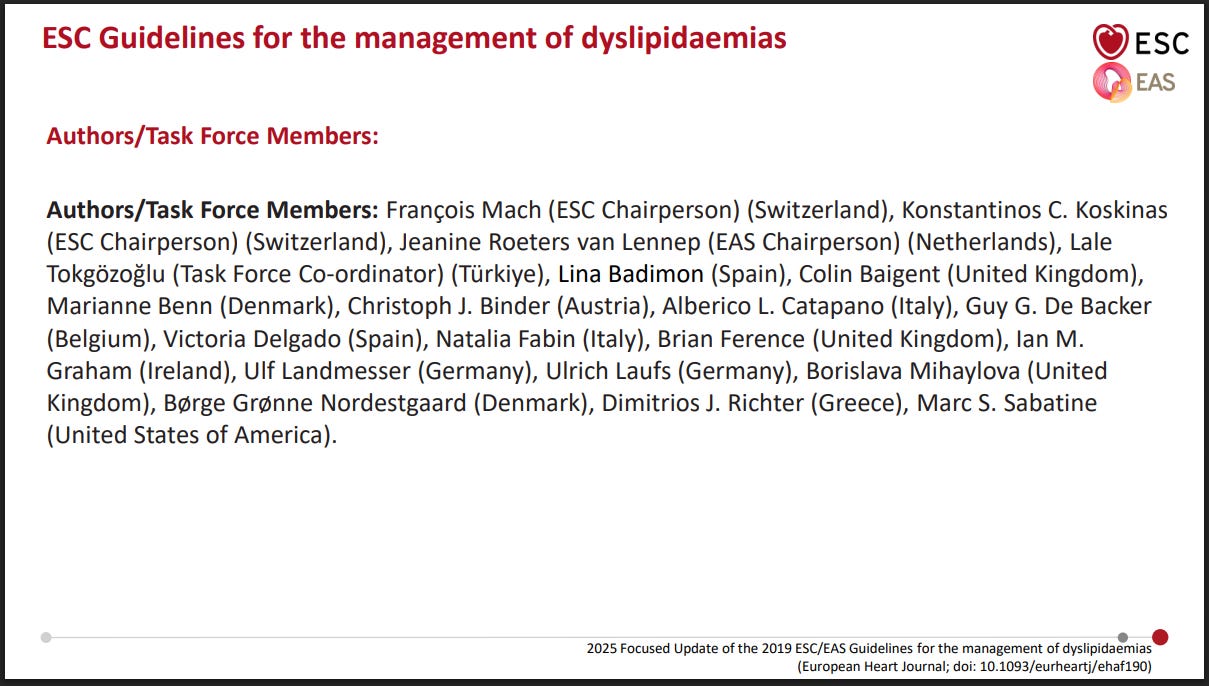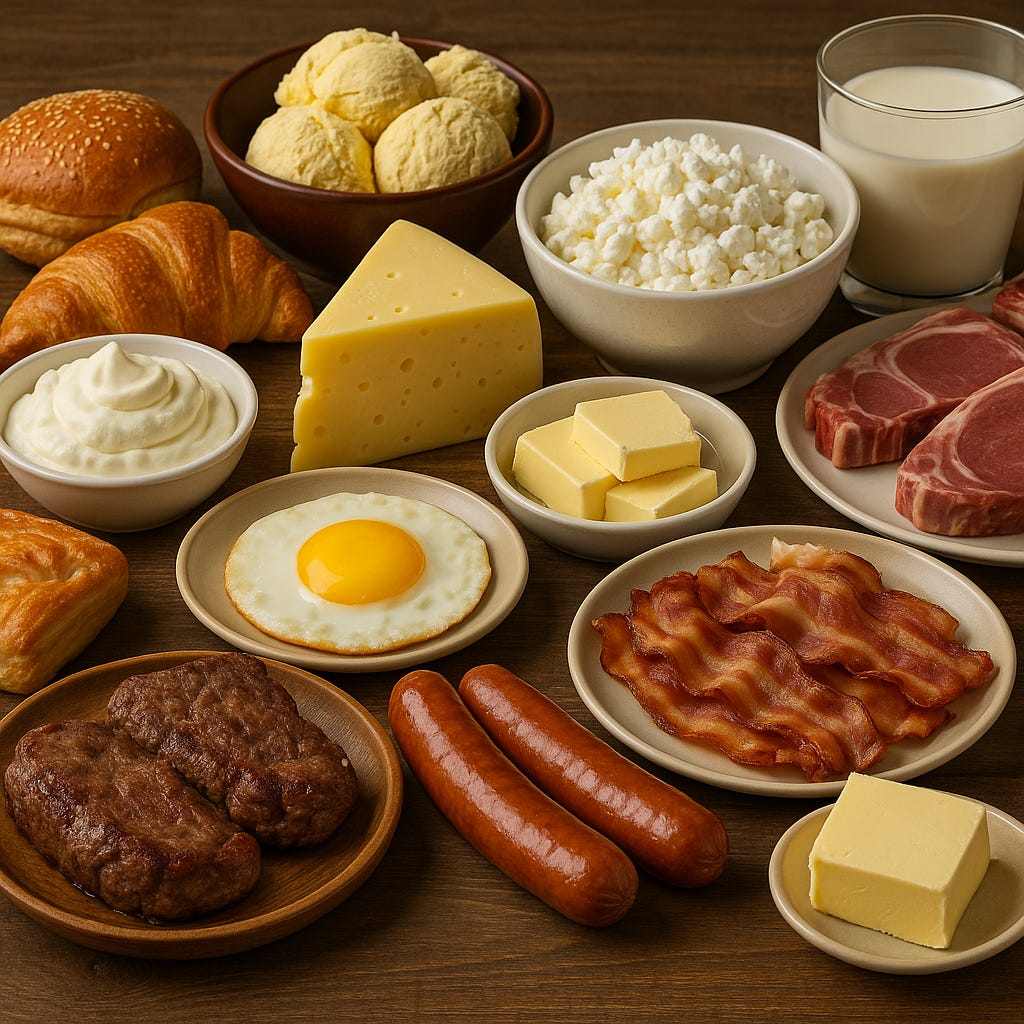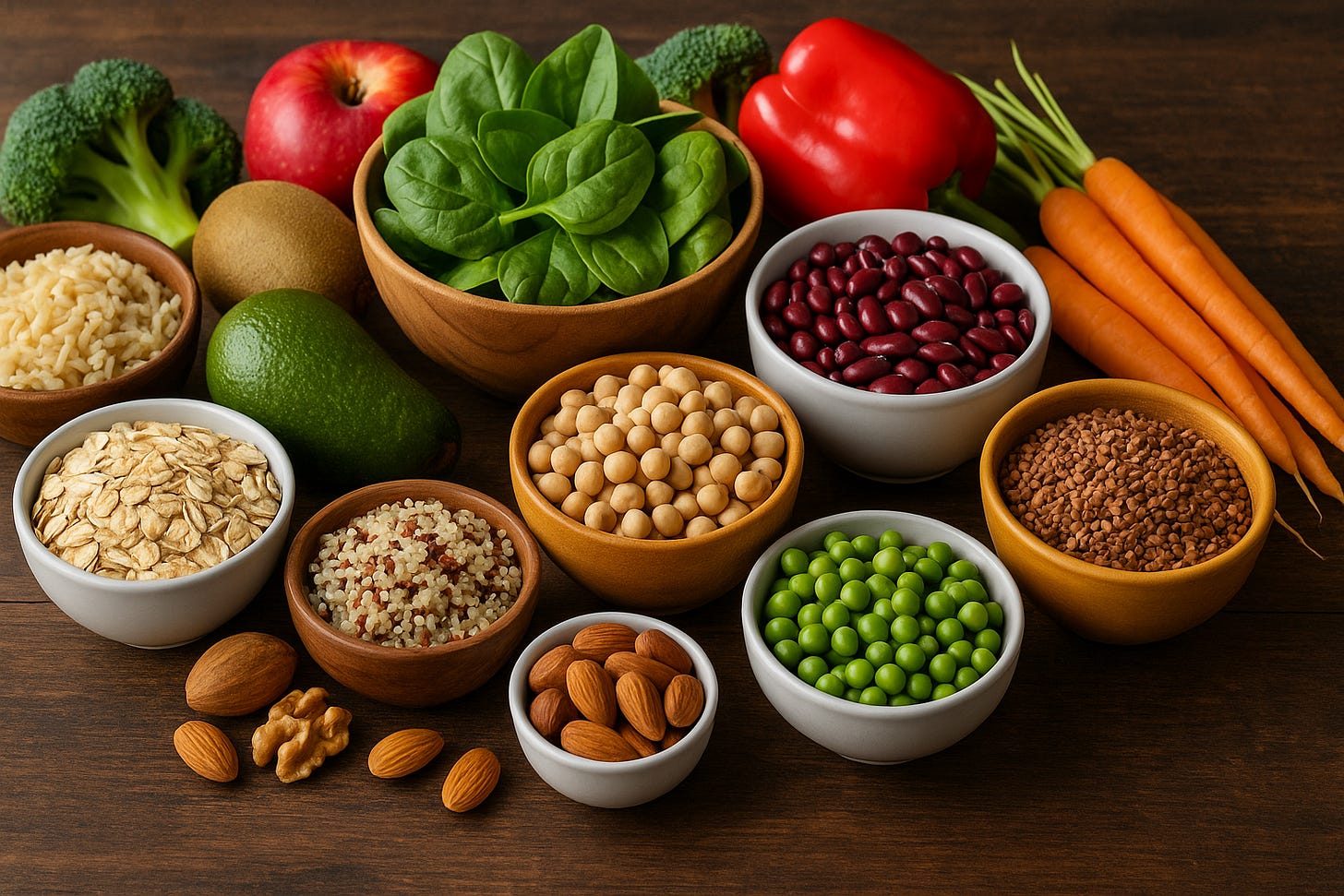10 Ways to Lower Your Cholesterol Yourself According to the New 2025 European Guidelines
Each of these steps will help lower your apoB and together they can be incredibly effective.
UPDATED: September 20th, 2025
Welcome to the Healthy Aging Newsletter, a free publication translating trustworthy medical research into simple habits to age well, free of chronic disease. I’m Dr. Ashori, a family medicine doctor turned health coach.
The European Society of Cardiology just released its 2025 cholesterol guidelines. Lifestyle changes remain the first and most effective step for lowering cholesterol and cutting long-term heart disease risk. Medications have their place, but the focus is still on habits you can control every day.
Here are the lifestyle interventions with the strongest evidence and impact, ranked by the guideline system. For each, I’ve included the why, the how, and one simple action you can take today.
1. Eliminate Trans Fats: ↓ 5–10% LDL
Though these have been banned by the FDA since 2018, plenty of packaged foods may still have this plaque-building culprit. Consider imported foods.
Why: Even small amounts raise LDL-C and lower HDL-C.
How: Read ingredient labels carefully.
Action: Check one packaged snack at home and toss it if it says “partially hydrogenated oils.”
2. Reduce Saturated Fats: ↓ 5–10% apoB
Why: Replacing saturated with unsaturated fats lowers LDL-C and apoB significantly.
How: Swap butter, cheese, and fatty meats for olive oil, nuts, and fish.
Action: Use olive oil instead of butter or ghee in your next meal.
You don’t have to eliminate all saturated fats. Reducing your total daily intake will go a long way. For those at higher risk of cardiovascular disease, consider taking in less than 6% of your daily calories from saturated fats.
3. Eat More Fiber: ↓ 5–10% LDL
Why: Soluble fiber binds cholesterol in the gut and lowers LDL-C and Triglycerides (TG).
How: Prioritize whole grains, beans, vegetables, and fruit.
Action: Add a handful of beans or lentils to your lunch today even if what you’re eating may not be the healthiest.
Fiber will do its work independent of anything less desirable in your diet. The first step is to have more of it and later you can focus on cutting out something.
4. Lose Excess Weight: ↓ 10-20% apoB
Why: Losing 5–10% of excess body weight improves LDL-C, HDL-C, and Triglycerides.
How: Focus on waist size and abdominal fat reduction. That’s where visceral fat hangs out and causes the most trouble.
Action: Take a 10-minute walk after your biggest meal today.
5. Foods Fortified with phytosterols: ↓ 6–8% LDL
Why: Plant sterols/stanols can potentially lower LDL-C when used regularly.
How: Some margarines, yogurts, and fortified foods contain them.
Action: Swap one daily spread or yogurt for a phytosterol-enriched version.
This is #5 on their list and though for some this will work quite well, for others it may not be a good idea. In general, unless you live in a food desert or have certain medical conditions, fortified foods should be a last resort.
6. Limit Refined Carbs (Sugars): ↓ 10-20% TG
Why: Sugars and refined starches push up Triglycerides and contribute to poor metabolic health.
How: Choose whole-food carbs like oats, quinoa, and brown rice and foods like 100% whole-wheat bread.
Action: This week, replace one soda or sweetened drink with flavored sparkling water.
7. Move Your Body Most Days: ↓ 3–6% apoB
Why: Regular exercise improves HDL-C and overall heart health.
How: Aim for 30 minutes of brisk movement most days.
Action: Add in a few squats, push-ups, or stair climbs to your daily routine. Make the time for it because it’ll pay dividends for your heart health, brain health, mood, and energy.
8. Drink Less Alcohol: ↓ 15-20% TG
While some will see incredible results cutting out alcohol completely, many will also see great benefits just from cutting back.
Why: Excess alcohol spikes Triglycerides and raised blood pressure for some.
How: Replace alcohol with healthier alternatives or cut back when it’s more of a learned habit and less of a joy.
Action: Swap your next drink for a non-sweetened flavored beverage.
9. Skip The Supplements
It’s not that supplements are bad, it’s just that most don’t use them correctly. Even worse, some use them instead of a much more healthy alternative. For the right person the right supplement can make a huge difference.
Why: This guidelines emphasizes that supplements and vitamins without proven LDL-lowering effect are not recommended.
How: Redirect time and money toward proven lifestyle steps from the list above.
Action: Cross one unnecessary supplement off your daily pillbox and buy fresh produce instead.
10. Stop Smoking: ↑ 3–10% HDL
15% of Americans still smoke. And, remember, this is European guidelines where smoking is still quite prevalent.
Bonus: Prioritize Overall Dietary Patterns
Why: Diet quality matters beyond single nutrients: Mediterranean and plant-forward diets consistently reduce CVD events and lower LDL-C, apoB, and Tg.
How: Emphasize vegetables, fruits, whole grains, legumes, nuts, fish, and minimal ultraprocessed foods.
Action: Replace white rice for brown rice or rice noodles for whole-grain noodles.
Medications can be life-saving, but they’re meant to be added after you’ve given lifestyle changes a real chance. These 10 habits are powerful, proven, and under your control.
If you’re in your 30s or 40s and noticing cholesterol creeping up, this is the perfect time to act. Small changes now add up to decades of protection later.
Ready to build a health plan that fits your life? Book a free Fit Call and let’s map out the best next steps for you.








When someone mentions a/ European guidelines’ I get rather edgy……would be very careful when analysing the advice given, as big Pharma has a hand in this for sure. They have been tangled up with not just the regulating agencies & those agencies that issue these ‘guidelines’.
Not surprised that no mention of the huge damage seed oils doing in the massive consumption of them in processed foods these days.
And the tie up with companies like Unilever, a big player in them, have in funding studies from reputable, supposedly, institutions.
This involves getting other health professionals like dieticians on board too.
They’ve toned down the intake of saturated fat a bit but guidelines leave a lot to be desired, which was not unexpected.
Still waiting* for an explanation (and apology) as to why the food pyramid was kept flawed for so many decades when it was clearly known that it was flawed with the devastating consequences for many in the populations of the world. Of course Big Pharma and allied industries made a ‘killing’ as a result. At least more people are waking up especially after reading books like ‘ Doctoring Data’ by Malcolm Kendrick etc.